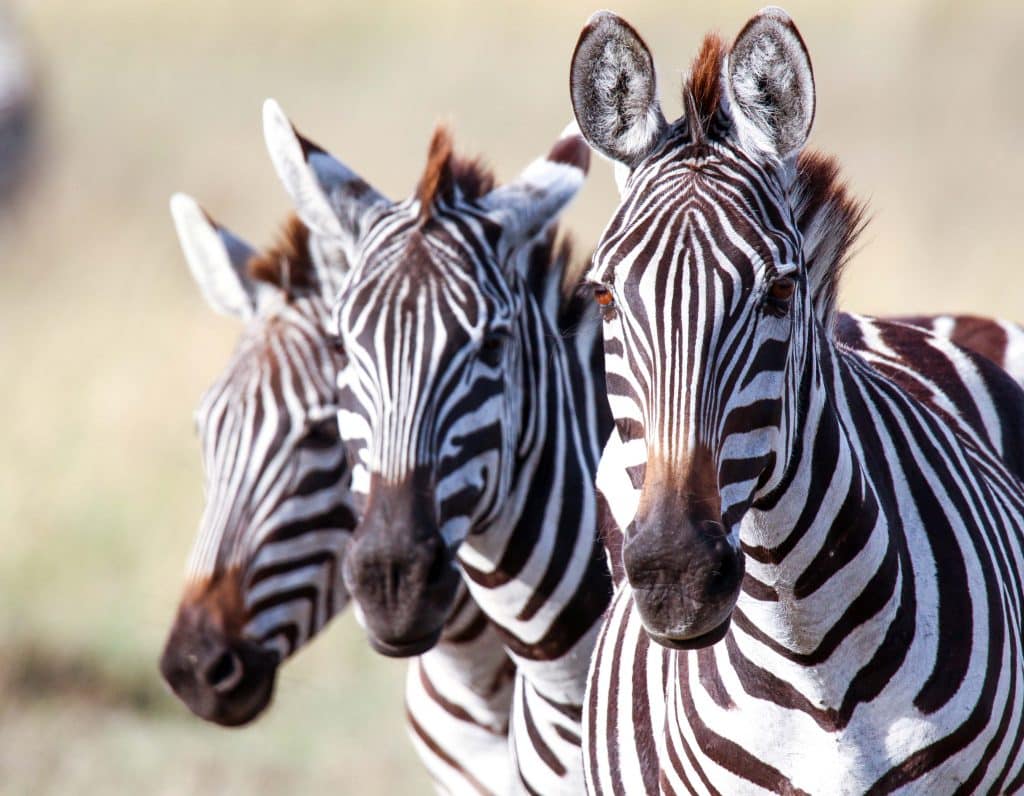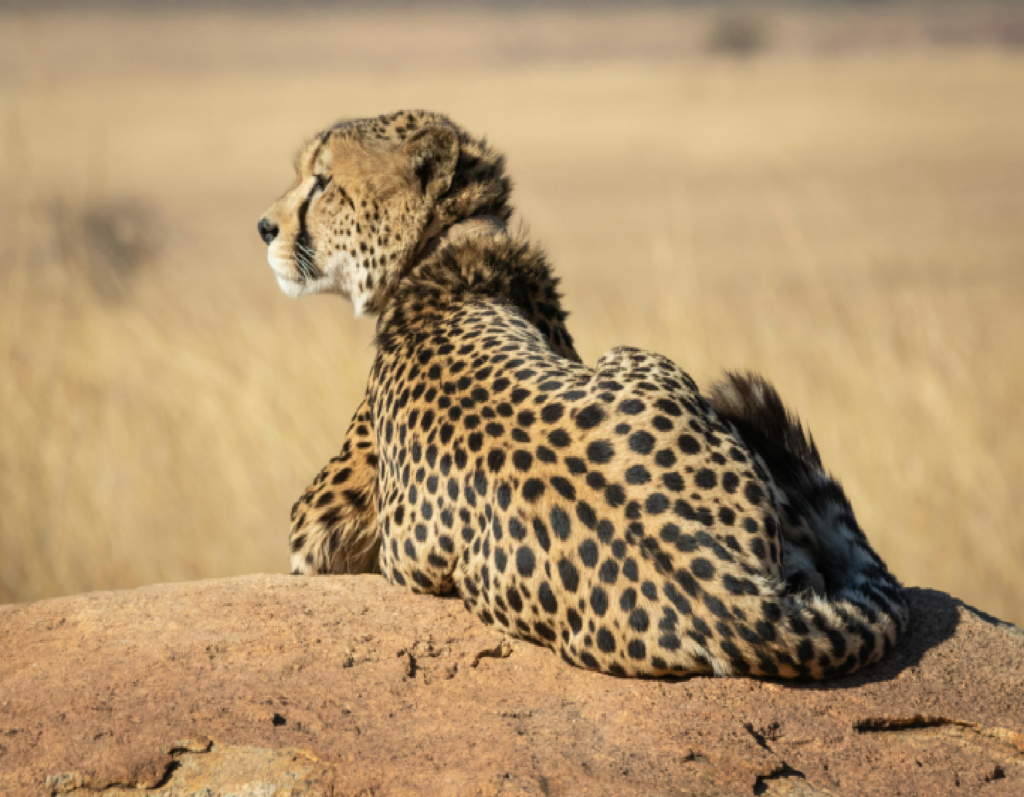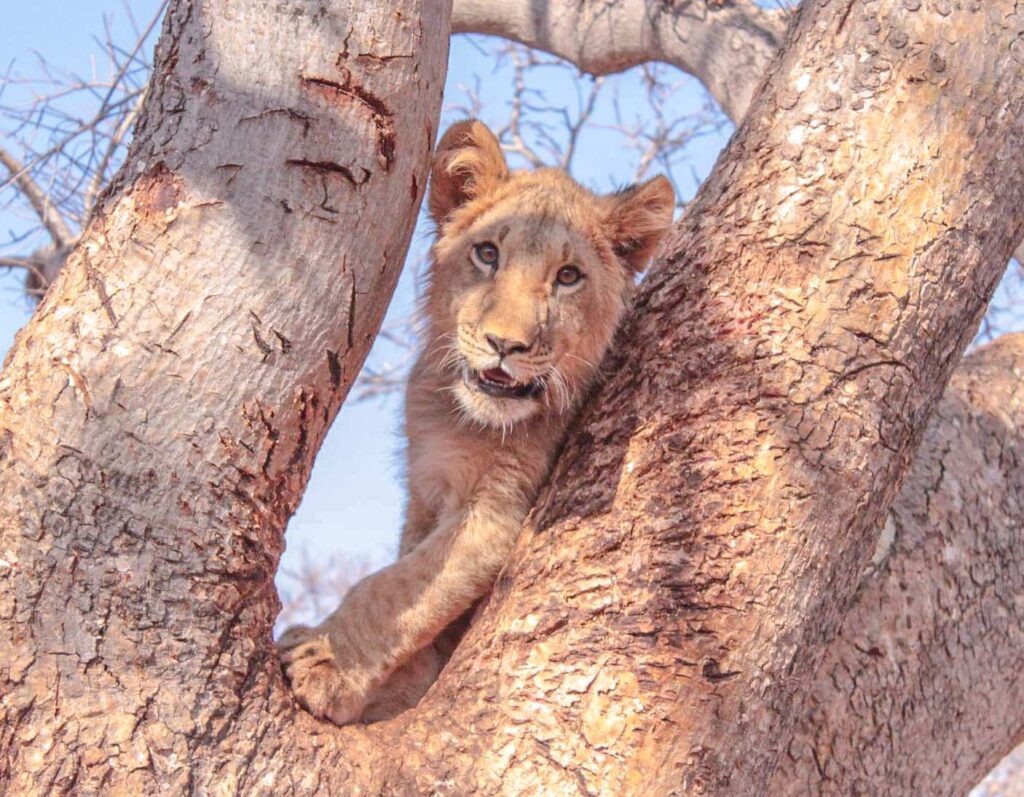7 Reasons Why You Should See the Masai Mara Great Migration
The Masai Mara Great Migration is Africa’s most breathtaking wildlife phenomenon, regarded as one of the seven natural wonders of the continent. Picture massive herds trekking across sprawling plains in search of water and fresh grazing lands. And while the animals spend most of their time in the Serengeti, they also linger in the bountiful grasslands of the Masai Mara until the food supply dwindles and the rains spur them to move on.
Indeed, the Great Migration is a sight to behold. But more than that, seeing it is a privilege. Here are other reasons why you should experience this iconic spectacle.
1. It’s the planet’s largest and longest overland migration
The Great Migration consists of an estimated 1.5 wildebeests, 650 thousand zebras, 250 thousand gazelles, and several other herd animals crossing the vast southern Serengeti plains in Tanzania to the Masai Mara in Kenya. Sometimes mistaken as an annual phenomenon, the migration is, in fact, a continuous year-long journey prompted by the smell of rain and the sound of thunder. In a nutshell, the animals trek over a 1,200-mile circuit, following the rains, withstanding natural elements and predator attacks, with only two things in mind: lush grasslands and water.
So, where and when is the best time to see the Great Migration? The answer is as complicated as the rain patterns that influence the movements of the animals as they travel across two countries with different ecosystems. It all depends on what you want to experience. It’s important to note that there’s no way to ascertain when the herds will move, as the weather is often erratic and can lead to early or delayed migration patterns. Regardless, the Masai Mara abounds with fascinating wildlife and natural wonders to explore throughout the year.
2. It’s a one-of-a-kind experience
No other place in the world has an overland wildlife spectacle as magnificent as the Great Migration. One day the sprawling plains and rolling hills of the Masai Mara are quiet and empty. Then, the next day, the same grasslands cram with columns of wildebeests that stretch up to 20 miles long. The dusty African savanna fill with specks of black and white as thousands upon thousands of zebras along with other herd animals thunder across mighty rivers and grassy plains. A wonder of such magnitude has to be seen in person to be completely understood.
3. Witness the circle of life at work
The Great Migration is a cycle, as the animals travel in a circle through the Serengeti and the Masai Mara. After depleting the food supply in one area, they travel to another, then back again, following the same age-old route. Though the year-long passage is primarily about finding food and water, it’s full of a complex and dramatic chain of events, from mating rituals to calving to surviving the dangers of the wild.
From December to March, the herds gather in the Serengeti, but by April and May, they begin their trek through the region’s central and western corridors, consuming around 5,000 tons of grass daily along the
way. Come July and August, most of the animals have arrived in the Masai Mara, making these the best months to witness a thrilling river crossing. In September, the herds settle down and enjoy relative peace on the plains. It is the perfect time to go on a safari drive around the reserve and observe the animals in their natural habitat. Once the food supply is gone, the herds leave the Masai between October to November. They will return the following year when the rain comes. And so, the endless cycle of the Great Migration keeps on turning.
4. Be amazed by the harmonious relationship of the herds
Though teeming with predators, the Masai Mara can be surprisingly tranquil, especially among the herds. The main reason for this is they typically don’t compete for food. For instance, wildebeests and zebra consume different types of grass. Zebras are bulk eaters and prefer tall grass, while wildebeests favor shorter, stocky grass and some succulent leaves.
Grazing on open grasslands makes the herds vulnerable to predators, so they usually team up for safety. They help protect each other by giving warnings when there’s impending danger. Wildebeests have a superior sense of hearing and smell, while zebras have excellent sight. Together they make good allies against attacks from predators. During the migration, the wildebeests sniff out water while the zebras help navigate the herds.
5. Be thrilled by the predator activity
On their way to the Masai Mara, many animals fall prey to lethal predators, including lions, leopards, cheetahs, and hyaenas. Over 30,000 zebras and 250,000 wildebeests, mostly the sick and very young ones, perish in this long and risky journey.
Just as the herds enter the Masai Mara, an eager party of predators lies in wait for them. River crossings are some of the most dramatic and thrilling moments of the Great Migration. Defenseless animals jump blindly into the murky waters infested by 16-foot Nile crocodiles while lions wait in ambush on the grassy banks for those who survive the crossing.
The massive number of ferocious hunters makes the plains extremely dangerous for the herds. But they eventually manage to exist in harmony, enjoying the spoils of the rich grasslands in peace until it’s time to move forward.
6. Countless photographic moments
The stunning landscapes, diverse wildlife, and exciting animal activities make the Masai Mara an incredibly photogenic destination. There is something uniquely beautiful about this African wilderness that you will not find anywhere else, from the golden sunsets to the windswept grasslands and the clumps of umbrella-shaped acacia trees. If you’re looking to capture the charm of an authentic savanna in photos, there’s no better place to do so.
7. Masai Mara is mesmerizing
Masai Mara gets its name after the Maasai people, the original inhabitants of the plains, and the short bushy trees that dot the landscape (Mara means spotted in the Maasai language). The region is not only one of the most beautiful places in Africa but is also an important wildlife reserve. The iconic big five – lion, leopard, elephant, rhinoceros, African buffalo – live here. An estimated 36 pride of lions reside in the Masai Mara, making it one of the best places for lion sightings. The Mara is also home to hippopotamuses, jackals, honey badgers, aardwolves, wildcats, bat-earned foxes, Masai giraffes, and several mongoose species. More than 470 species of birds, including vultures, hornbills, storks, ostriches, long-crested eagles, and crowned cranes, call the Mara their home.
At Brady’s Wildlife Adventures we have a fantastic scheduled tour traveling deep into the wonders of the Great Migration. The excursions take guests across the Masai Triangle Game Reserve and the Masai Mara National Park to marvel at the diverse wildlife and glorious sceneries. After a fun-filled adventure, you can unwind and recharge at the luxurious Mara Serena Safari Lodge, perched on a hill overlooking the plains, forests, and the Mara River.
For the rest of the trip, you’ll stay at the award-winning Ashnil Tented Camp on the riverbank, where you can watch hippos and crocodiles on the riverbanks. This area is famous for sightings of wildebeests and zebras crossing the water. A large clan of hyaenas lives in the surrounding area, and you may hear them calling at night.
To see the full itinerary for this unforgettable tour to see the Masai Mara great migration visit https://www.bradyswildlifeadventures.com/kenya_safaris/mara-migration-safari/







